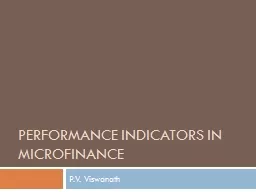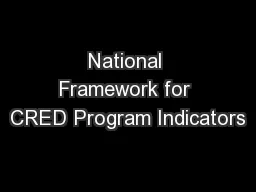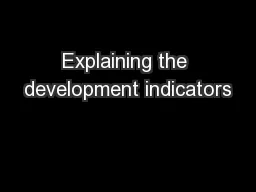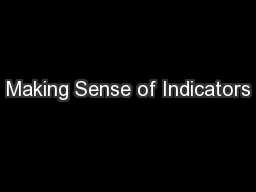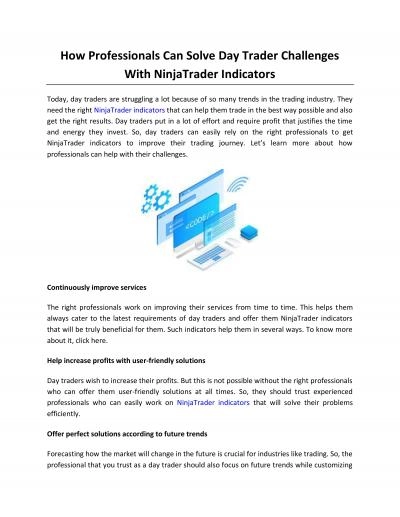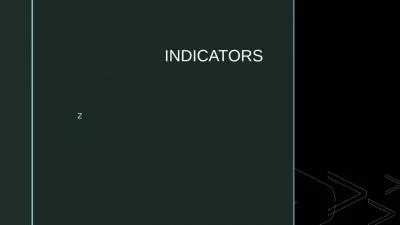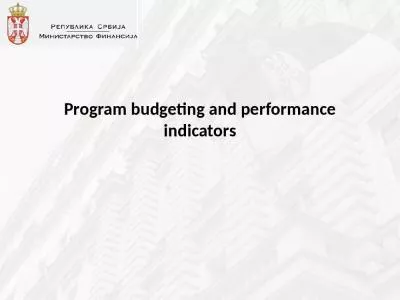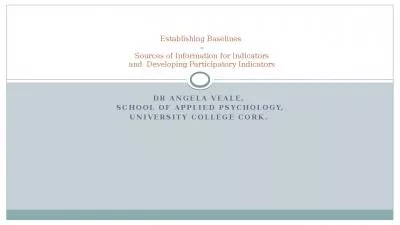PPT-Performance indicators in
Author : celsa-spraggs | Published Date : 2015-10-20
microfinance PV Viswanath Learning Goals What are the different measures of an MFIs performance How can these financial ratios be used to evaluate a microfinance
Presentation Embed Code
Download Presentation
Download Presentation The PPT/PDF document "Performance indicators in" is the property of its rightful owner. Permission is granted to download and print the materials on this website for personal, non-commercial use only, and to display it on your personal computer provided you do not modify the materials and that you retain all copyright notices contained in the materials. By downloading content from our website, you accept the terms of this agreement.
Performance indicators in: Transcript
Download Rules Of Document
"Performance indicators in"The content belongs to its owner. You may download and print it for personal use, without modification, and keep all copyright notices. By downloading, you agree to these terms.
Related Documents

